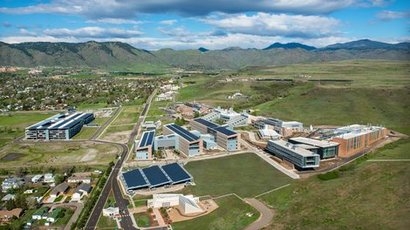
Installed global renewable electricity capacity also continued to increase in 2017, representing 32.2 percent of total capacity worldwide.
Published annually by the US Department of Energy’s (DOE’s) National Renewable Energy Laboratory (NREL) on behalf of DOE’s Office of Energy Efficiency and Renewable Energy, the Renewable Energy Data Book presents US and global energy statistics compiled from numerous data sources and includes renewable electricity generation, renewable energy development, clean energy investments, and technology-specific data. Produced by NREL's Strategic Energy Analysis Centre, the Data Book makes a wealth of renewable energy data accessible to a broad audience ranging from the interested public to the decision maker.
This year’s edition is the first to include data and trends for electric vehicles and energy storage technologies, in addition to data-centric charts for wind, solar, hydropower, and alternative fuels.
“Since the first Data Book release 10 years ago, we’ve seen US renewable electricity generation grow from 8.5 percent of total generation in 2007 to 17.7 percent in 2017 - more than doubling its share of the generation mix - with generation from solar and wind increasing by a factor of 10” said NREL Energy Analyst Sam Koebrich. “This year, we expanded the Data Book to include information on emerging technologies including energy storage and electric vehicles, providing additional insights analysts, investors, and policymakers can use to assess US and global renewable energy deployment and industry trends.”
Other key insights from the data include:
In 2017, renewable electricity accounted for 60 percent of US electricity capacity additions, compared to 67 percent in 2016.
US wind capacity increased by more than 8.3 percent (6.8 gigawatts) compared to 2016, accounting for more than 43 percent of renewable electricity capacity installed. Wind represented 7.5 percent of cumulative US installed electrical capacity in 2017.
US solar electricity capacity increased by 26 percent (8.9 gigawatts) compared to 2016, accounting for more than 54 percent of newly installed renewable electricity capacity in 2017. Solar represented 3.7 percent of cumulative US installed electrical capacity in 2017.
The Renewable Energy Data Book also includes state- and region-specific energy data and trends, along with statistics on clean energy investments and development worldwide.
NREL is the US Department of Energy's primary national laboratory for renewable energy and energy efficiency research and development. NREL is operated for the Energy Department by The Alliance for Sustainable Energy, LLC.
For additional information:

